Hello, dear friends! Greetings from a stunning autumn day. Time has flown so quickly, and we’ve already wrapped up another month. Here we are, together again, and I’m just as excited as ever. This month, we’re heading to Mexico—or more specifically, the city of Oaxaca.
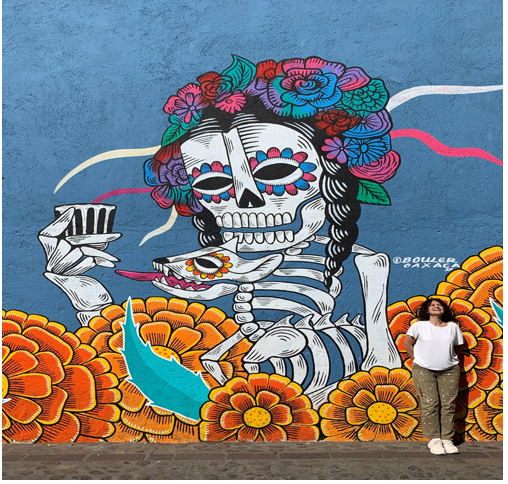
When you think of Mexico, maybe the first things that come to mind are tequila, cacti, spicy sauces, tacos, safety concerns, Frida Kahlo, or Cancun. But hold on—no, it’s not just that! Why, you ask? Let me tell you.
I’m not sure if it’s because I was born in this month or because I’m drawn to autumn’s melancholy, but November holds a special place in my heart. So, last year, as a birthday gift to myself, I traveled to Oaxaca to experience the Day of the Dead celebrations—a tradition I first encountered eight years ago and one I believe everyone should experience at least once. This remarkable city spelled Oaxaca and pronounced “VA-HA-KA,” is a UNESCO World Heritage site and one of the best places to immerse yourself in this celebration.
You can reach Oaxaca by flying from Mexico City or traveling by land. Since I was with a group on both trips, we took a bus. After leaving Mexico City, we stayed a night in Puebla, home to the Cholula Pyramid and archaeological site, which is nearly four times larger than the Pyramid of Giza. The next day, we drove about five hours to reach Oaxaca.
With its mild climate, Oaxaca attracts many travelers thanks to its rich culture, unique cuisine, and love for celebrations. The history of the Oaxaca Valley dates back to 11,000 BC, and the region is home to numerous indigenous communities. These groups have deep-rooted histories and traditions that continue to shape Oaxaca’s cultural identity.
Nestled in a fertile valley high above sea level, Oaxaca was home to some of the oldest civilizations in the area—the Zapotec and Mixtec peoples—who domesticated a variety of plants and animals, including corn and squash. In Oaxaca’s rich soil, crops like pineapples, avocados, beans, cocoa, hot peppers, tomatoes, and pumpkins once grew wild. This is why the region is celebrated as the birthplace of corn and squash. Oaxaca is also recognized as one of Mexico’s gastronomic capitals, so prepare to fully indulge in its culinary delights! You’ll fall in love with Oaxacan cuisine, thanks to its unique flavors and combinations that you simply can’t find anywhere else.
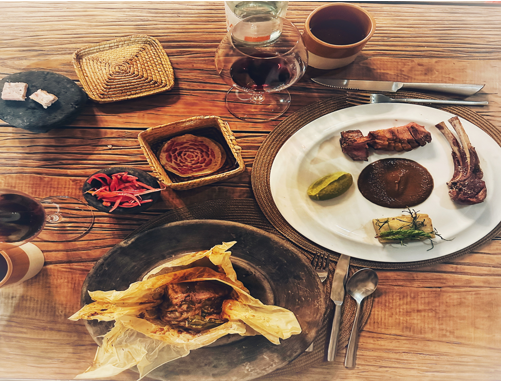
When it comes to food, I can’t overlook mole, a cornerstone of Mexican cuisine and the heart of Oaxacan cooking. Traditional mole recipes include over 100 ingredients, creating a remarkable blend of cocoa, aromatic spices, hot peppers, and carefully chosen additions. Often paired with chicken, mole enhances everything from tacos to enchiladas. Oaxaca is the perfect place to sample various types of mole, each with its unique taste.
Oaxaca is also the birthplace of mezcal. While Mexico is often associated with tequila, I’ve come to think of it as synonymous with mezcal. This smoky-flavored drink is made from agave, which grows abundantly across Oaxaca. Mezcal is typically sipped straight or used in cocktails. Given Oaxaca’s rich tradition of mezcal production, I couldn’t leave without witnessing the making of this iconic drink.
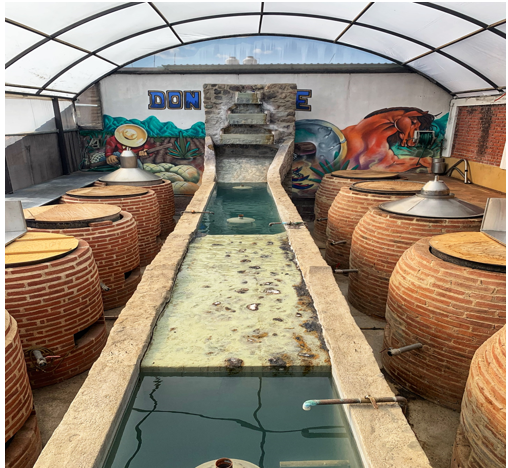
As I dive into the world of food and drink, you might be wondering, “Okay, but what about the Day of the Dead?” So, what exactly is this celebration?
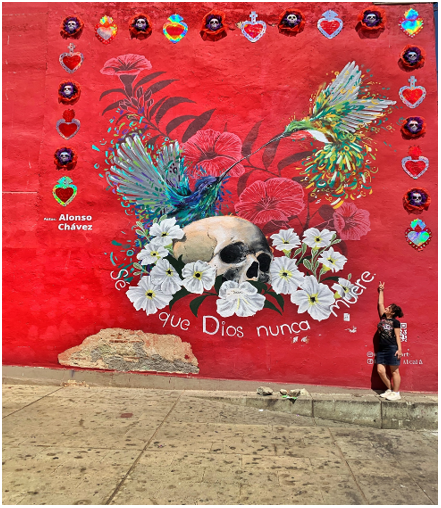
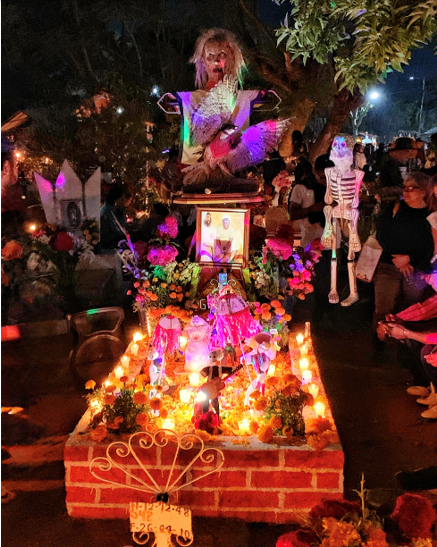
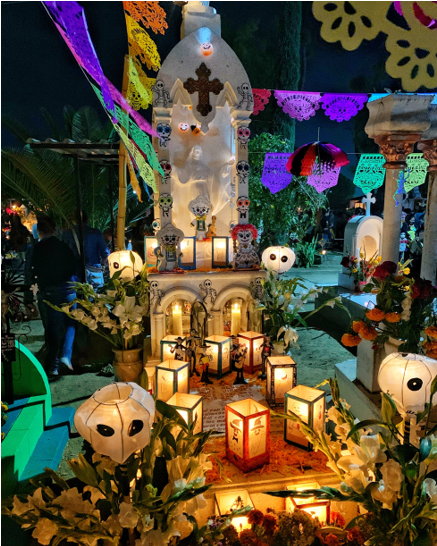
The Day of the Dead (Día de los Muertos) is a Mexican holiday where families reunite with the spirits of their deceased loved ones for a brief celebration of traditional dishes, drinks, and joy. It is traditionally observed over two days, November 1st and 2nd. The belief behind the holiday is that the dead remain an important part of the community, and their memory and spirit must be preserved. During Día de los Muertos, the spirits temporarily return to Earth. The gates of heaven open at midnight on October 31st, allowing the spirits of children to visit their families for 24 hours, while the spirits of adults join them on November 2nd.
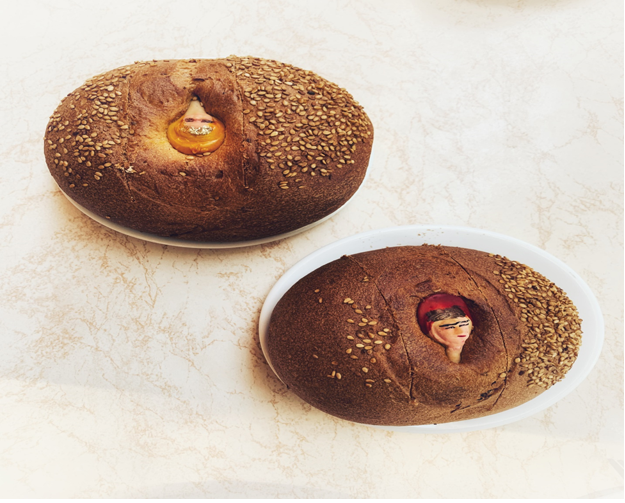
The celebration is not just about honoring the dead, but also about celebrating life itself. People dress in vibrant costumes and paint their faces as skulls, representing death and rebirth. Parades and music fill the streets, accompanied by the aromas of traditional foods like tamales (a corn dish) and pan de muerto (a sweet bread symbolizing the cycle of life and death). Colorful papel picado, or perforated paper, adorns the streets.
To prepare for the festival, families create ofrendas, or altars, decorated with marigolds, candles, food, and photos of the departed. These altars also include the favorite foods and drinks of the deceased, as it is believed that their spirits return to the living world to visit their families during the celebration.
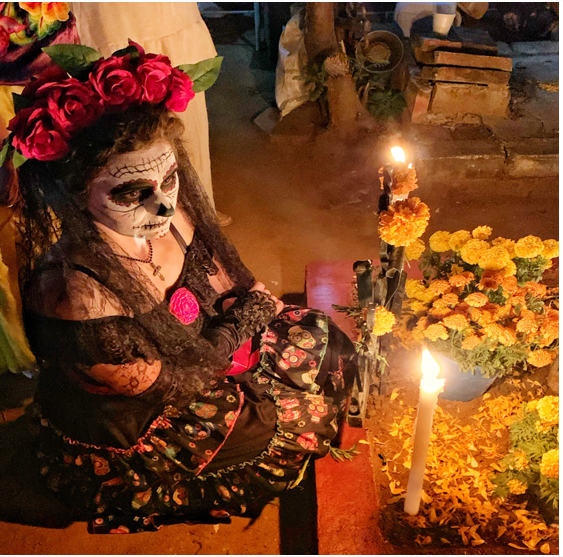
On November 1st, let’s explore Oaxaca, where the city is alive with the spirit of carnival in the hot morning sun. People of all ages, adorned in costumes and painted faces, dance and sing to the rhythm of drums and cymbals as they parade through the streets with giant puppets (mojigangas). It’s important to clarify, however, that this celebration is distinct from Halloween, which involves dressing up in various costumes. On the Day of the Dead, people dress as “Catrinas” (for women) and “Catrines” (for men), iconic symbols of the holiday that represent both mortality and the rejection of social norms. Wearing a Catrina costume on Halloween is generally frowned upon, as the Day of the Dead is a deeply spiritual occasion.
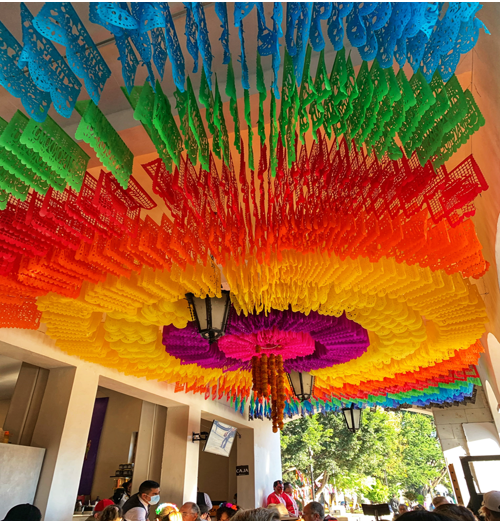
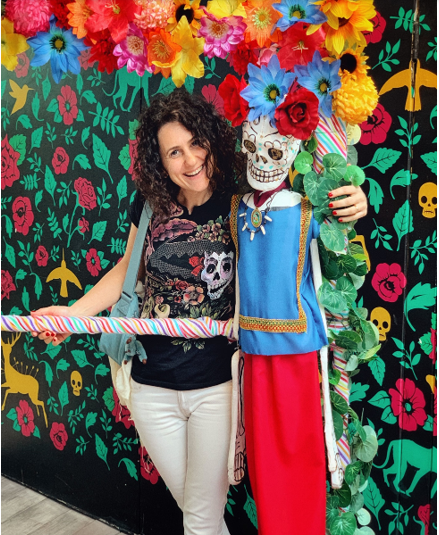
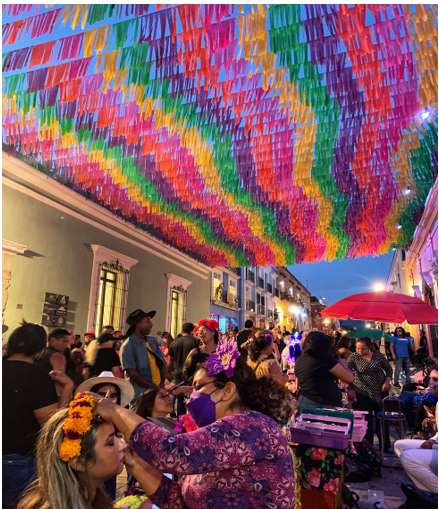
The city is filled with an incredible energy. Artists are painting faces on street corners, and you quickly join the line to get your face painted. Once done, you dive into the vibrant crowd and start dancing.
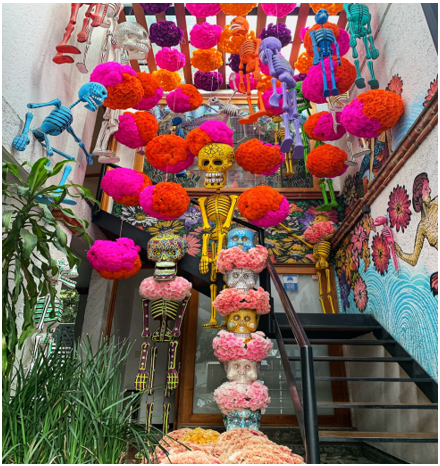
But the true excitement begins when night falls. People head to the cemeteries where their loved ones are buried, bringing food to share at the gravesides, sipping mezcal, and playing the songs their deceased enjoyed. The atmosphere, lit only by candles, lanterns, and festive lights, is captivating. I could have stayed there all night, enchanted by the way the people embraced both life and death in a way so different from what I had been taught. As I left and returned to my hotel, I knew I had to experience it all over again.
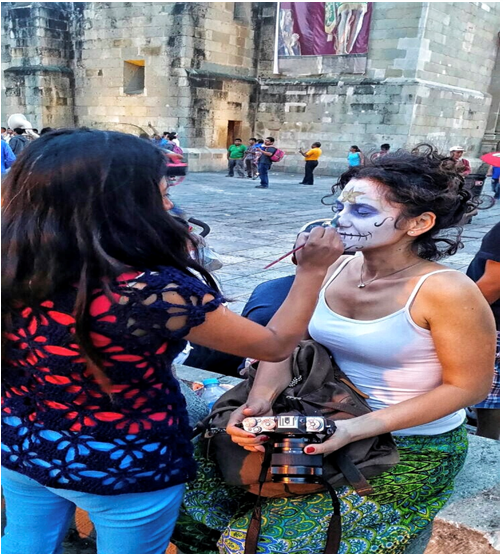
The second time I visited was exactly eight years later, and I felt the same way. This time, my husband and I were ready for the celebrations. We brought our costumes and had our faces painted at the hotel. As a group, we even set up an altar to honor our departed loved ones. We began by joining the lively crowd on the streets, and in the evening, we headed to the Panteón Viejo Xoxocotlán cemetery. There, I mingled with the people honoring their loved ones at the graves, accepting the treats they offered. To be honest, mezcal was hard to turn down. I took a few photos, though I hesitated and asked for permission, and by near dawn, I returned to the hotel with a mix of emotions.
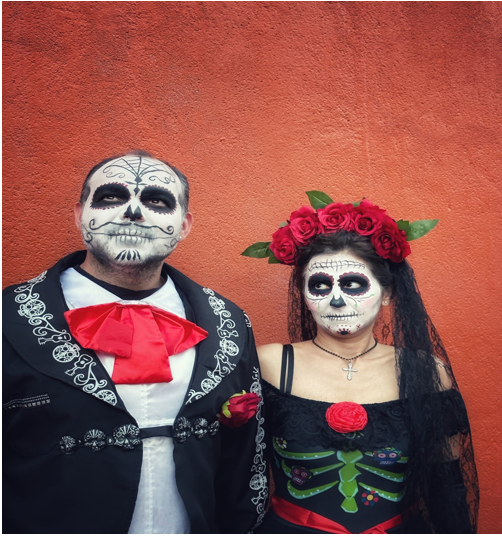
The next day, since we were already so close, we decided to visit Hierve el Agua, which I’d describe as Mexico’s version of Pamukkale, near Oaxaca. We planned to swim in its waters while enjoying a stunning view. The weather was perfect—ideal for a summer day.

As I leave Oaxaca, my heart remains there, and with it, a piece of Mexico. I’ve decided that my next trip will be a culinary adventure to Mexico City, focusing on food and drink.
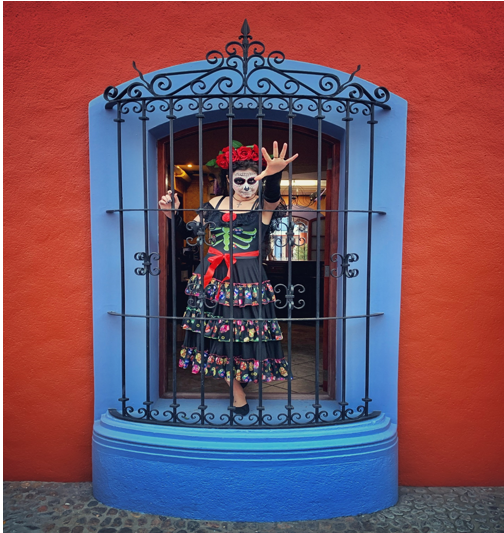
So, why am I sharing all of this with you? Well, what do you think? Should we all come together for the next adventure to Mexico, or explore other places instead? I think it would be wonderful if our next reunion took place in Boston. Even though I’m a migratory soul, Boston truly feels like home to me.
Oh, and before I forget, here’s a movie recommendation: Coco (2017).
Feel free to reach out to me at syakinoglu@gmail.com or through my Instagram account @saraonroad if you’re curious, about Mexico—I’d love to hear from you!
Stay with love and happiness until the next article…
Sara Bozdemir
Instagram: @saraonroad


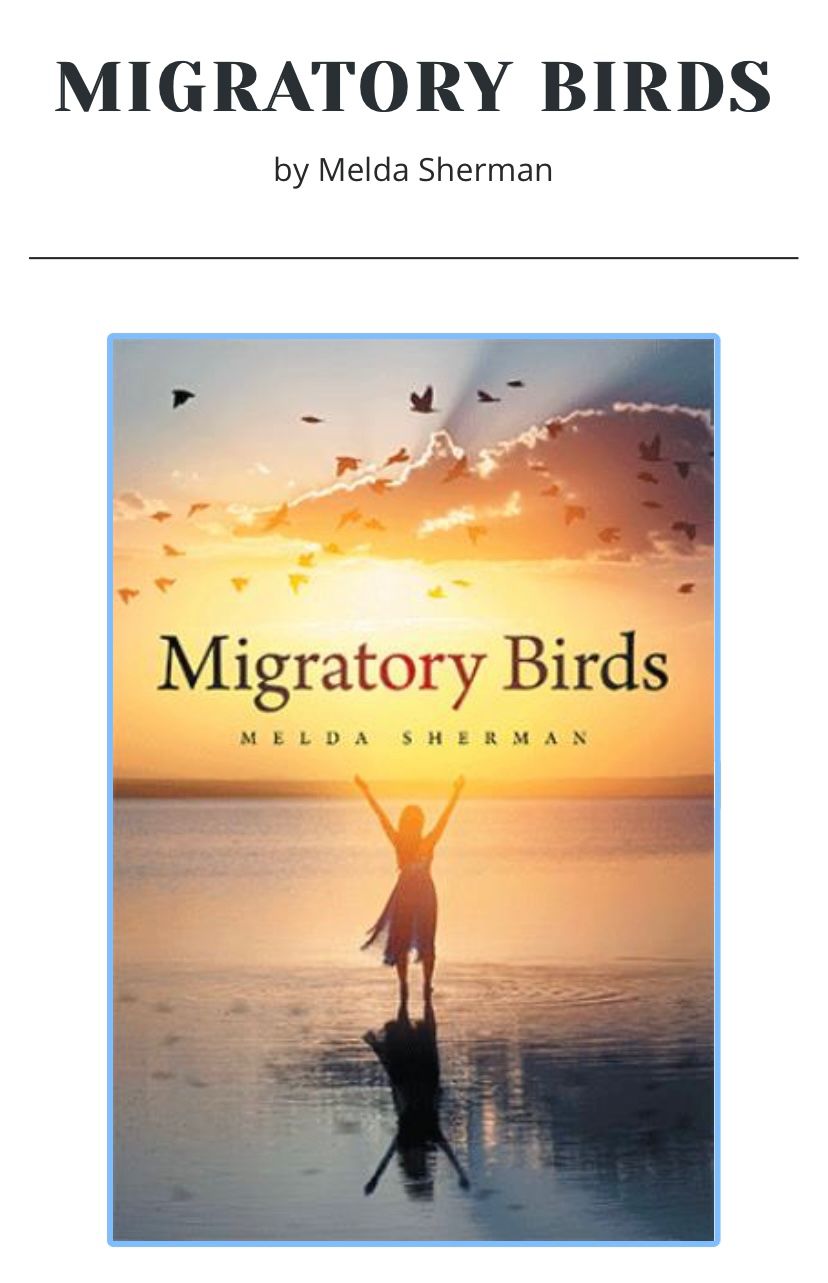
Şahane konu ,şahane anlatım♥️
Sonraki yazılarını merakla bekliyoruz.
Cok keyifli bir yazi, tek solukta okudum 😍😍👏👏
Çok teşekkür ederim. Sonraki yazılardan da keyif alacağınıza eminim😊